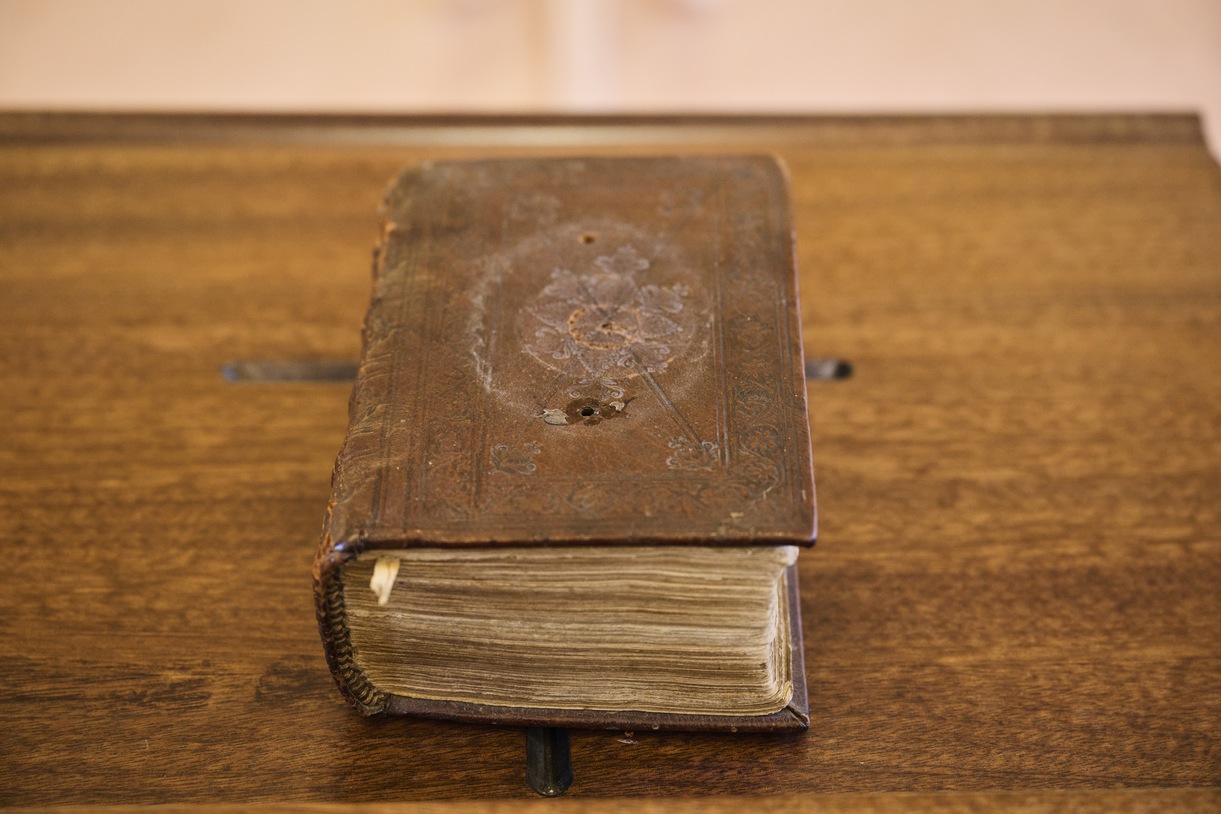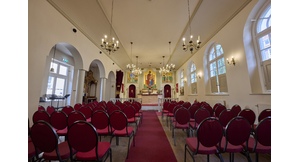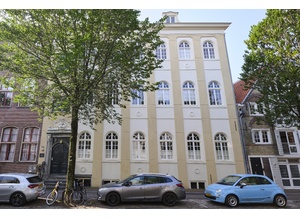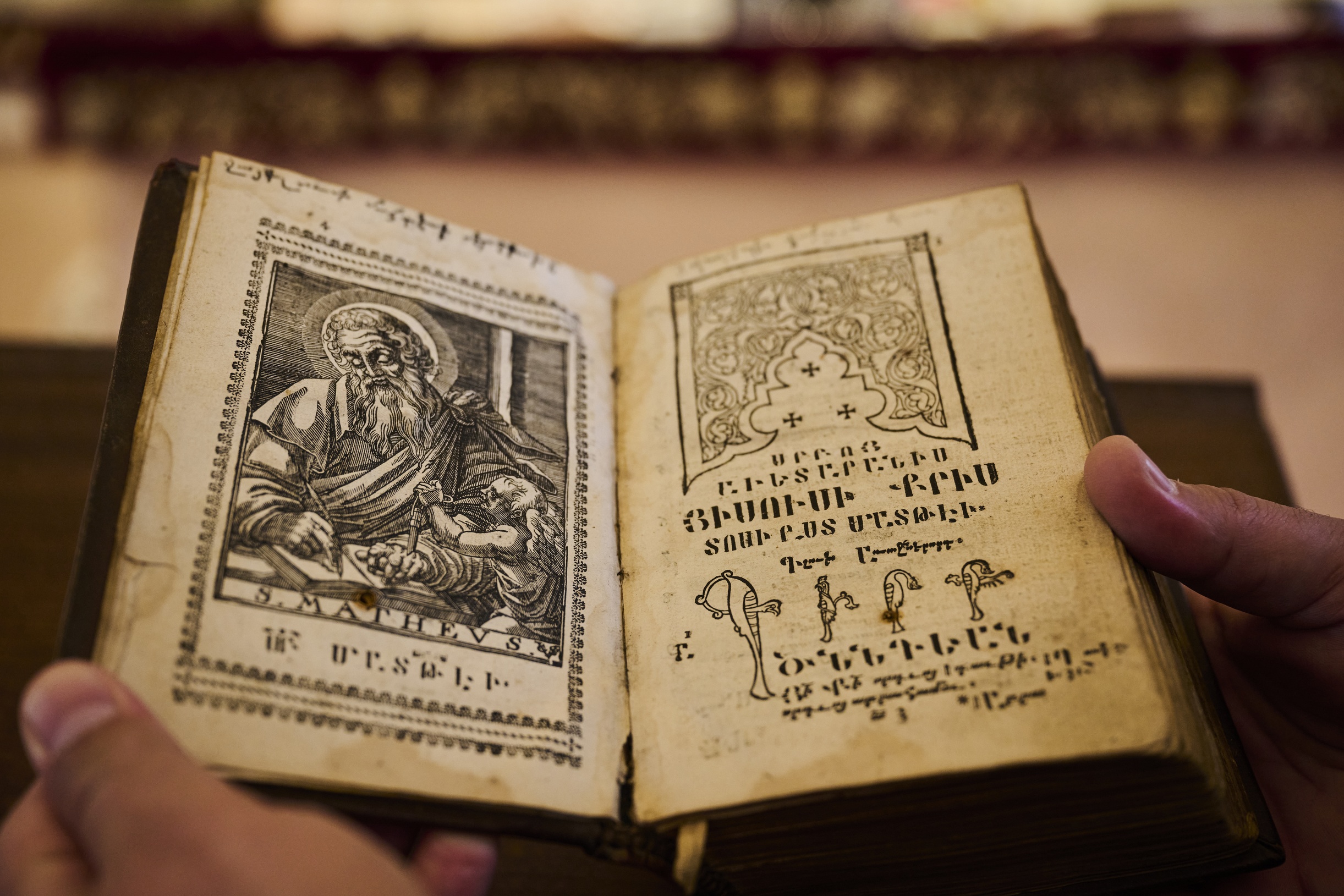In the 1650s, a representative of the Armenian Apostolic Church arrived in Amsterdam with a mission: to print the first Armenian Bible.
Location
Surp Hoki Church
Type
Church
Religious community
Armenian Apostolic Church
Description
The first printed Bible in the Armenian language, printed and published in Amsterdam
Maker and date
Avetis Yerevantsi, Voskan Yerevantsi
1666-1668
Visit
Not on display at this location
Armenian Printing in Amsterdam and the First Bible
Aside from becoming a major trading centre, Amsterdam replaced Italian cities as one of the leading places for printing during the seventeenth and eighteenth centuries. After several Armenian printing houses had been established in Italy and France, the idea to start printing in Amsterdam arose. Besides the newest technological developments, the Netherlands offered more freedom for the printing of ‘foreign’ ecclesiastical materials than Italy.
In 1656, Mattheos Tsaretsi, a clerical representative, was sent to Europe to print the first Bible in Armenian. Upon arriving in Amsterdam, he commissioned 170 block punches and 240 matrices for Armenian letters from the renowned cutter Christoffel van Dyck. However, Tsaretsi died several years later and his work was continued by the merchant Avetis Yerevantsi and his brother Voskan, a clergyman.
In 1666, after printing several smaller books, Voskan Yerevantsi began printing the first Armenian-language Bible. The printing was finalised on October 13, 1668. The text was based on a 1295 handwritten Bible for Armenian King Hetum II of Cilicia. The first edition contained approximately 1,470 pages and 159 images. Many sections of the book were illustrated with Biblical scenes and parts of the text were printed in decorative letters shaped like birds, rabbits, and other animals.
matrices
Copper molds that have been struck with a punch and from which individual type letters are cast.
Due to financial difficulties, the printing house operated intermittently until 1718. Most materials published by the Armenian printing house in Amsterdam, including the Bible, were exported to Turkey and Iran, thus strengthening the transnational connections among the dispersed Armenian community. The establishment of the Armenian printing house in Amsterdam, culminating in the printing of the first Bible in Armenian, laid a crucial foundation for the future of Armenian printing, making Amsterdam a unique and significant place in the history of Armenian church literature.
Matija Miličić
Researcher and Heritage Specialist Eastern and Oriental Christianity Museum Catharijneconvent
Last edited
October 24, 2024
First printed Armenian Bible, Avetis and Oscan Yerevantsi, 1666-1668, 21 x 26 cm. Collection Surp Hoki Armenian Apostolic Church. Photography Robert Westera.
Interior and exterior: photography Robert Westera.
The Gospel according to Matthew from the First printed Armenian Bible, Avetis and Oscan Yerevantsi, 1666-1668, 21 x 26 cm. Collection Surp Hoki Armenian Apostolic Church. Photography Robert Westera.
Gate of the Surp Hoki Armenian Apostolic Church in Amsterdam. Photography Robert Westera.
Aslanian, S. D., Early Modernity and Mobility: Port Cities and Printers across the Armenian Diaspora, 1512-1800 (Yale University Press 2023).
Nersessian, V., The Bible in the Armenian Tradition (J. Paul Getty Museum 2001).
Schütz, O., ‘Nicholas Misztótfalusi Kis and the Armenian Book Printing’ in: Acta Orientalia Academiae Scientiarum Hungaricae 9, no. 1 (1959) 63-73.





